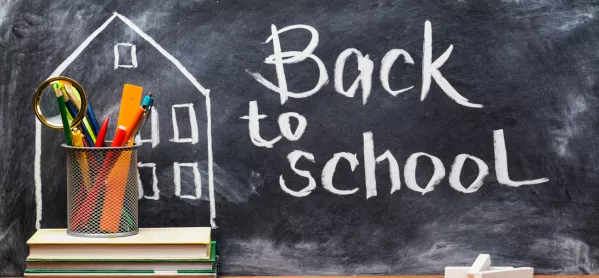Scotland’s biggest teaching union is calling for the Scottish government to put the brakes on its plans for pupils in early primary to return to school full-time, saying a blended learning approach should be taken to allow for social distancing.
The Scottish government announced on 2 February that it was planning to get P1-3 pupils and pre-school children back to face-to-face learning full time on Monday 22 February. However, the EIS teaching union says a special meeting of its executive last week concluded that “a precautionary approach to reopening remains essential”.
The union says - in a briefing issued to members on Friday - that it is calling for the Scottish government to reconsider its plans and “to facilitate a blended approach in primary, which would allow for physical distancing amongst pupils”.
Background: Pupils to start returning to schools from 22 February
The return: Return to school ‘a logistical nightmare’ for teachers
Social distancing: Two-metre distancing advice for secondary students
The briefing continues: “Executive rejected the Advisory Group recommendation that physical distancing between staff and pupils was not required across P1-3 and will insist that the status quo be applied - ie, maintain 2m between staff and pupils.”
Schools reopening: Call for social distancing between primary pupils
Tomorrow, first minister Nicola Sturgeon is due to update the Scottish Parliament on whether the plan to start getting more pupils back to school - which also include senior secondary students returning part-time to complete practical work - will go ahead. She is also expected to set out plans for the next phase of the gradual return to school.
The current guidance - which was updated on Friday - from the government’s Covid-19 Advisory Sub-Group on Education is that there should be two-metre social distancing in secondary between staff and among students.
However, while it recommends social distancing between staff in primary and between staff and pupils “whenever possible”, it states that “the current evidence is that young children remain less likely to transmit the virus” and “no distancing should be required between young children, or between young children and staff”.
